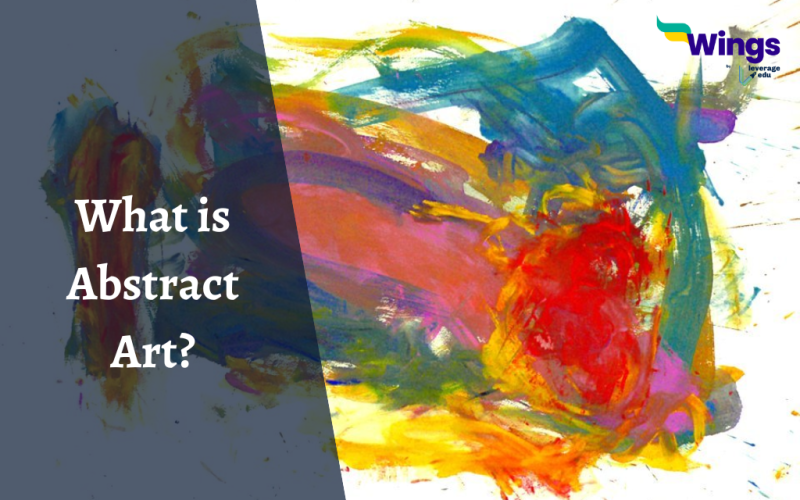In order to create its intended effect, abstract art uses Colours, Textures, Forms, and Gesture Marks rather than an exact portrayal of visual reality. The major characteristic is its aesthetic departure from conventional moulds; some may even argue that it originated with cave paintings thousands of years ago.
There has been abstract art for more than a century. Artists started to produce simple arguments that had little to no connection to the “real” world. Impressionism, post-impressionism, and cubism are responsible for the modern art that is familiar to us today. All three of them contributed to the realisation that art might not be universal.
First Art and Artist
Table of Contents [show]
Wassily Kandinsky was the first artist to produce abstract painting as we know it today.
Historians frequently refer to him as “The Father” of abstract art because, starting in 1912, he produced paintings with floating, non-representational forms. During the 1913 Armoury Show, his creations introduced abstraction to the United States.
What does it do?
A work of abstract art uses colour and shape to their full expressive potential.
These artists engage in chromatic study, using the tones and hues discovered to create formal and spatial changes in their paintings. They desire expressionism that is emotive, sensitive, and abstract.
The artist is free to communicate his inner feelings through form, colour, and line without connecting them to memories of the outside world. Similar to a musical composition, these compositional parts must be in harmony with one another.
Also Read: Folk Dances of India
Characteristics of Abstract Art
The main characteristic of abstract art is that it does not make any particular things or scenes visible enough directly understand. Instead, it makes use of shape, colour, and line. Instead, emphasis is placed on the overall composition and the artwork’s expressive or emotive elements.
Several other characteristics of abstract art, include:
- Non-representational: It combines form, colour, and line to build an overall composition rather than representing particular objects or scenarios.
- Emotional or expressive: Abstract art frequently aims to express an emotion, an idea, or a concept.
- Concentrating on form and composition: The artwork’s shape and composition are frequently more significant than the particular items or scenes they represent.
- Non-literal: Symbolic or metaphorical components are used instead of literal representations of things or scenes in abstract art to convey meaning.
- Spontaneous or intuitive: Rather than according to a prepared design or set of guidelines, it is frequently made in a spontaneous or intuitive manner.
- Non-traditional: Frequently deviates from typical representational methods and norms and may make use of unusual materials or methods.
This was all about Abstract Art and its characteristics. Visit our General Knowledge Page to discover more intriguing articles about Art and Culture. Get in touch with the experts at Leverage Edu in order to kickstart your study abroad journey!
 One app for all your study abroad needs
One app for all your study abroad needs















 45,000+ students trusted us with their dreams. Take the first step today!
45,000+ students trusted us with their dreams. Take the first step today!
